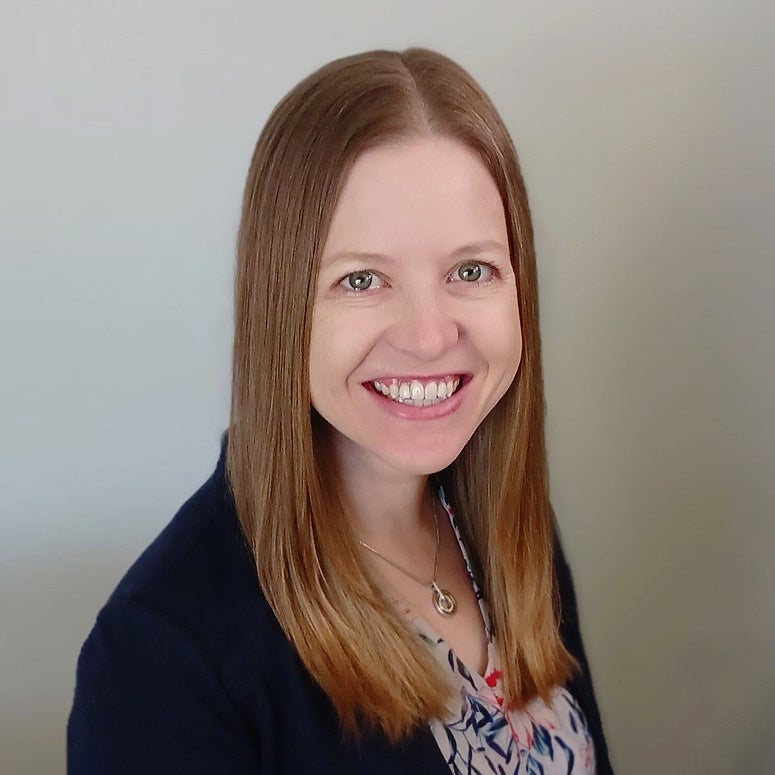Rice alumna Melissa Revelle ’16 is still a student of quantum mechanics.

“It’s weird and mind-boggling,” she said. “I have spent a lot of my time and effort and passion trying to figure out the basics of quantum mechanics. That’s how I’ve ended up here,” she said via Zoom from her office at Sandia National Laboratories in Albuquerque, New Mexico.
Revelle is a principal member of the lab’s technical staff and works on projects related to quantum computing. Much of her group’s work is aimed at designing improved ion traps for quantum computing, which are then prototyped at Sandia’s state-of-the-art facilities. She also works on a program called QSCOUT that allows researchers across the country to apply to run their quantum code on the lab’s quantum computing testbeds.
Revelle said the biggest underlying question behind her research is: Can we build a full-scale quantum computer?
“That is the big goal that we are working towards,” she said. “What's limiting scaling on any given day? What is holding us back? What is stopping us from making that next big leap?
“A lot of that comes down to: ‘What do we want that computer to look like?’” Revelle said. “Are there things that other people are doing — not just in our field but in photonics, control mechanisms, control hardware or even in ultracold physics — that we can use to make our quantum computer better.”
Ultracold physics holds a special place for Revelle, who did her Ph.D. training in the ultracold research group of Rice’s Randy Hulet. She fondly remembers her time at Rice, especially the tight-knit bonds and sense of community between graduate students.

In many ways, Revelle said, the technical hurdles she faced in ultracold physics were even more daunting than those for quantum computing.
“I like to look at, ‘How many Nobel Prizes were required to get to the cutting-edge research that you are doing today?’” she said. “It was fewer Nobels to get to trapped ions used for quantum computing than for degenerate Fermi gasses. A lot of the fundamental physics is the same, but the starting point for ultracold is 50 years of really hard research, just to get to where they start the experiment in the mornings.”
And learning how to overcome the challenges of ultracold physics prepared her well for her work at Sandia.
“It’s still atomic physics,” she said. “Every day, three things are going to break. So it’s really, ‘Can you find the three broken things faster than the next three things break?’”
And she has a knack for that, which she largely attributes to a simple two-word phrase that Hulet repeated almost every day in the lab: What changed?
“I left Rice with the most incredible debugging skills, and they are really appreciated around the labs here,” Revelle said. “In part, it’s about keeping really good records, both mentally and physically, of every detail of your experiment. So that you can just look and say, ‘That number. That is not the same.’ People are like, ‘How? How have you noticed that?’
“That is what I learned from Randy,” she said. “That’s what ‘What changed?’ means, and I use it every day.”

